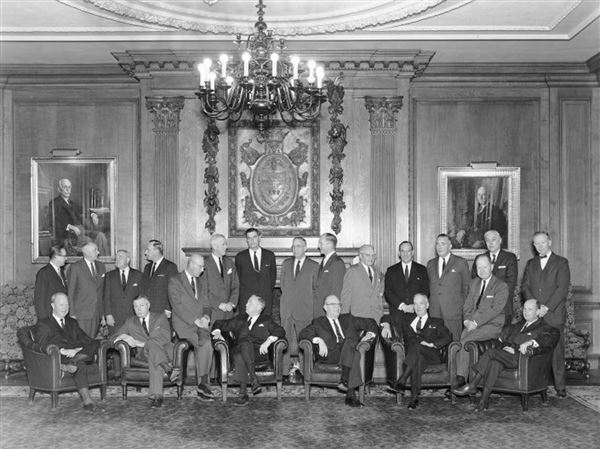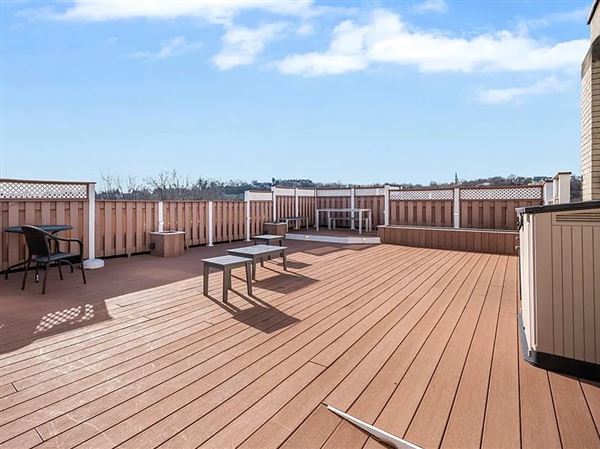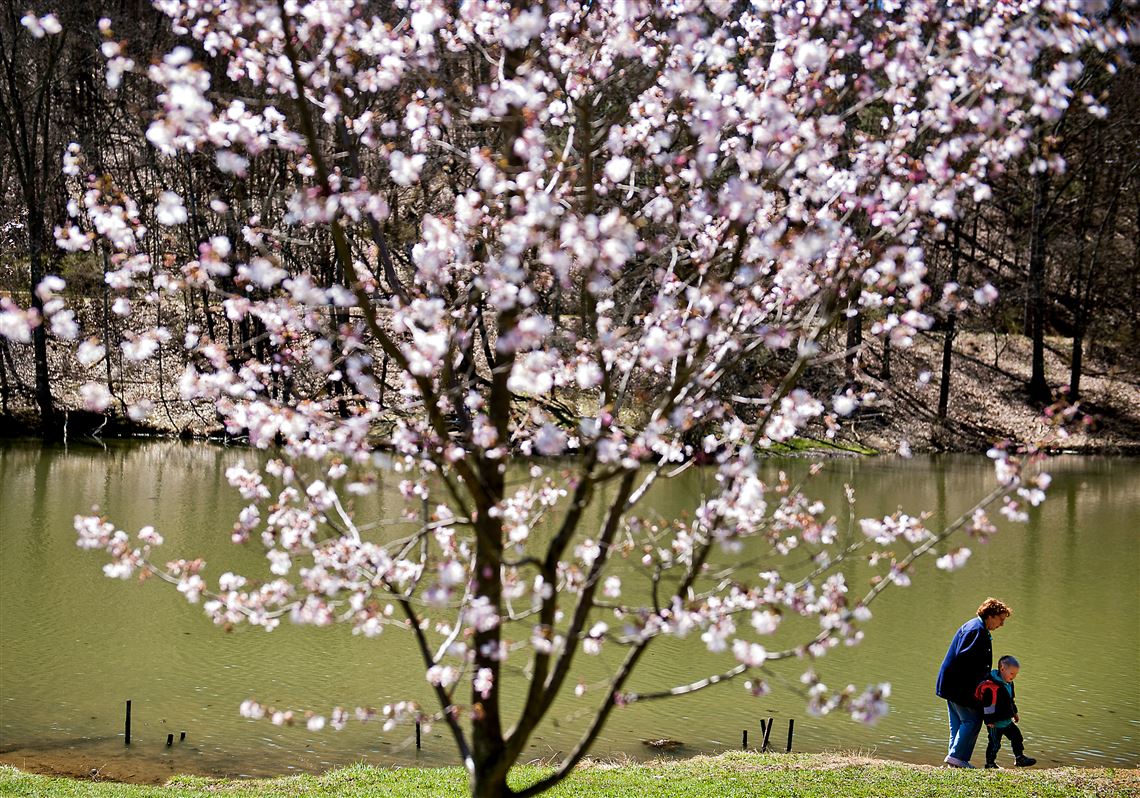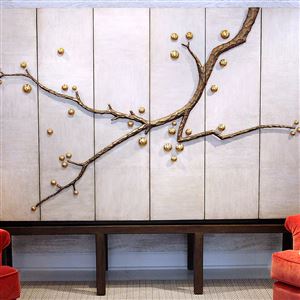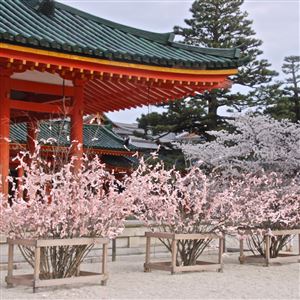If your Sakura are blooming, it’s time for Hanami — if only the weather would cooperate.
In Japan, millions of people celebrate cherry blossoms as a sign of spring. They gaze up from picnic blankets beneath the trees and share boxed lunches, sake, wine and beer, sometimes late into the night. More than 1,000 lanterns light up Ueno Onshi Park in Tokyo until 11 p.m. each night in late March and early April as 2 million people come to admire the pink and white petals.
What? You don’t have a cherry tree or plane ticket to Japan?
No problem, Sakura-san. North Park has 200 of them, thanks to the Pittsburgh Sakura Project (www.pghsakuraproject.org and on Facebook). Every year since 2007, these cherry blossom lovers have planted ‘Yoshino,’ ‘Akebono,’ ‘Okame,’ ‘Accolade,’ ‘Snow Goose’ and late-blooming ‘Kwanzan’ cherry trees around the boathouse and lake at North Park.
Their 10-year goal is to plant 250 trees as a symbol of friendship between the United States and Japan. They have scheduled a Spring Planting and Volunteer Appreciation Day at 1-3 p.m. April 22 in North Park. But the cherry blossoms will be long gone by then. Now is the time to Hanami.
Some years — 2009 was one — the local display has been magnificent because winter gradually gave way to spring. But recent summery days alternating with wintry nights have not been kind to Sakura. In Washington D.C., the famous Japanese cherry trees around the Tidal Basin reached peak bloom last weekend. Yet half of the buds never opened, victims of a mid-month cold snap.
In North Park, a Post-Gazette photographer who visited March 10 found the pink buds wearing snowy coats (see photos at post-gazette.com). On some trees, half of the buds had turned brown after a few freezing nights. But we found enough open flowers on Wednesday for a cherry blossom viewing picnic.
So how does one Hanami like a Nihon (Japanese) native? We searched the web and asked a couple of local experts, both officers of the Pittsburgh Sakura Project.
“In Japan, there are many Hanami hot spots,” Atsumi Sewell of Pine said by email. “Many people go out there with family, friends and co-workers. They bring bento boxes and drinks and spread the picnic blanket under the tree and have a party.”
Ms. Sewell, who left Japan 36 years ago, said she enjoys the Sakuraderie of a crowd, but prefers a solitary stroll through her favorite Hanami hot spot in Iwakuni. She says the cherry blossoms look like a pink haze from across the Nishiki River near the 300-year-old arched Kintai Bridge.
“I preferred to go to my favorite place with rows of cherry trees for miles and walk under the blossoms along the river. Cherry trees are beautiful from the time they have just started to bloom to past their peak. When the wind blows, the petals look like a pink shower from a pink cloud — picture perfect!”
Yoko Motoyama of Fox Chapel last saw Sakura in Kyoto more than 15 years ago. When she’s not in North Park, she experiences the spring flowers in Shizuoka through photos sent by her son. The pictures show crowds of people, a few in traditional dress, walking beneath arching branches with fluffy pink sleeves. Some take pictures. Others just look up, smiling.
The Japanese have lots of practice in the art of cherry blossom appreciation. Historians have found references to flower viewing parties in literature as early as 894, during the Heian period. Modern celebrations accompany the first blooms in late March in the southern city of Kumamoto and continue north in a pink wave that crests in early May in the mountains of Sapporo.
Most Japanese Hanami revelers pick up party supplies at 100 yen shops (like a dollar store) and pre-made bento boxes at department stores. We don’t have those sources, but we love parties and cherry trees. If you have Hanami on your mind but don’t want to look like a Gaijin (non-Japanese), check out the tips in related media.
Risa Sekiguchi of Chicago, an expert in Japanese foodways and blogger at www.savoryjapan.com, lists recipes for homemade Hamani bentos that include seasonal grilled fish, simmered spring vegetables and rice with veggies cut into the delicate shape of Sakura petals.
Mimicking the color of cherry blossoms, the food is mostly pink, red and orange with maybe a splash of green yomogimochi (spring herb dumplings) or wild fern fiddleheads. Bentos often contain sushi made from shrimp, salmon and sakuradai (cherry sea bream), simmered pumpkin and carrot, and sakuramochi — savory-sweet rice cakes filled with red bean paste and wrapped in pickled cherry leaves.
A Japanese native who returns often, Ms. Sekiguchi admits she once became a little hard on Hanami.
“I had thought it was sentimental hype until I found myself in Kyoto one year during the height of cherry blossom season. The city was awash in pink, enveloping me and everyone around me with their delicate fragrance, the petals falling, fluttering like gentle rain on the sidewalks and onto the hair of young women in their Sakura-patterned kimonos. Since then, I haven’t missed a single season.”
Yet it is a short season. Cherry blossoms last only a few days before they are scattered by wind or rain. This all-too-brief burst of beauty and accompanying ache of loss is common in Buddhism, Ms. Sekiguchi says.
“We are reminded of the fleeting nature of reality.”
Kevin Kirkland: kkirkland@post-gazette.com or 412-263-1978.
First Published: March 31, 2017, 4:00 a.m.



